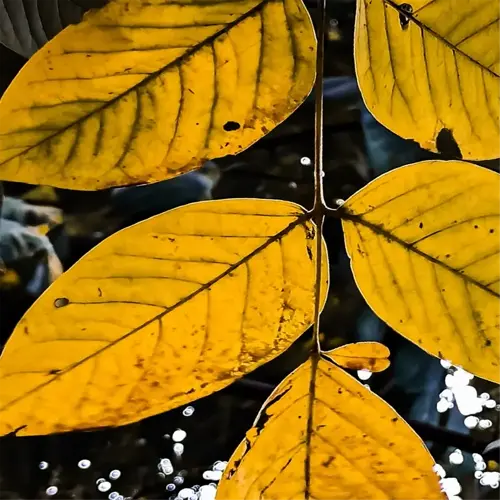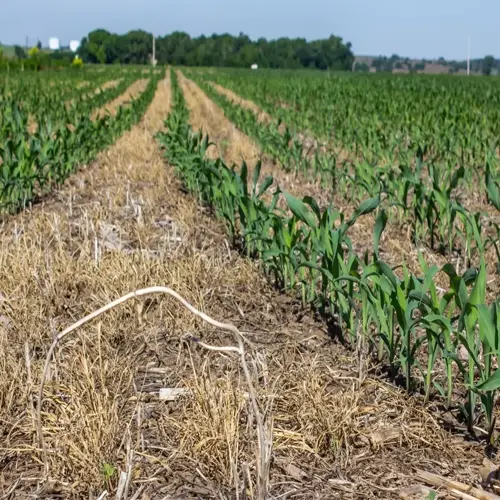Why is peat moss harmful to the environment?

Written by
Michael Sullivan
Reviewed by
Prof. Martin Thorne, Ph.D.Extraction of peat moss emits 6,000 tons of CO₂ per acre each year, equal to the CO₂ from burning 650,000 gallons of gasoline. It takes the wetlands 1,000 years to form 3 feet of peat, but mining it can happen in hours. In Canada, I've seen peatlands stripped, and the endangered bog turtles had no place to nest.
Carbon Release
- 1 acre = annual emissions of 1,300 cars
- Global peat stores 2x forest carbon
- Irreversible loss in <50 years
Biodiversity Loss
- 94% of North American peat from Canada
- Threatens 12+ bog-dependent species
- Venus flytraps lose 70% habitat
Water Cycle Damage
- Drained bogs flood downstream areas
- Alters regional rainfall patterns
- Increases wildfire risks 3x
The ban on peat in the EU region demonstrates that policymaking is guided by science, where their 2030 ban prevents the release of 220 million tons of CO₂ emissions. Home gardeners can achieve similar results by displacing only 25% of peat consumption with compost or coir. The community garden in which I garden reduced its peat use by over 90% in 18 months by purchasing coir in bulk.
Take action where it will make a difference. Focus on peat-free mixes for container gardens (actual data indicates 70% of peat use is at retail for container gardening) and seed starters. I switched nursery propagation to blends of coir and perlite with a 15% increase in germinating seeds. Again, while I was not surprised at the increase in germination, I was happy to prove that under the right conditions, alternatives work better.
Read the full article: 8 Peat Moss Alternatives for Healthier Gardens

